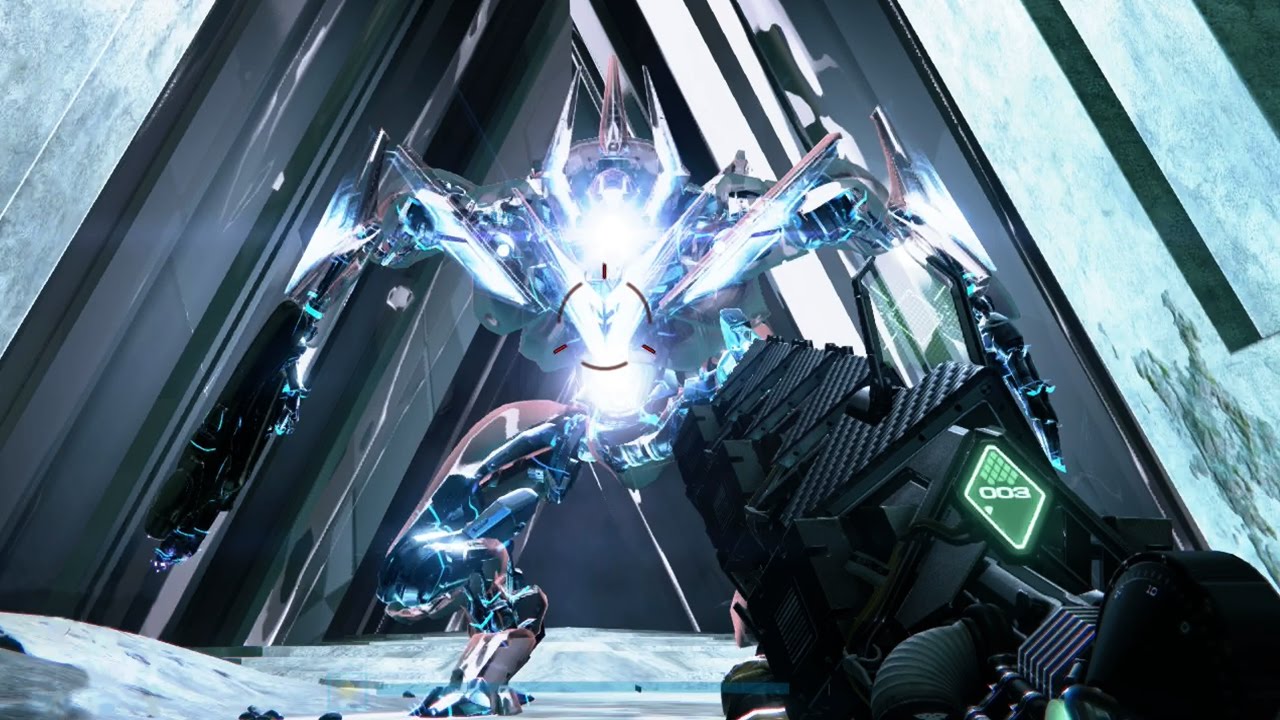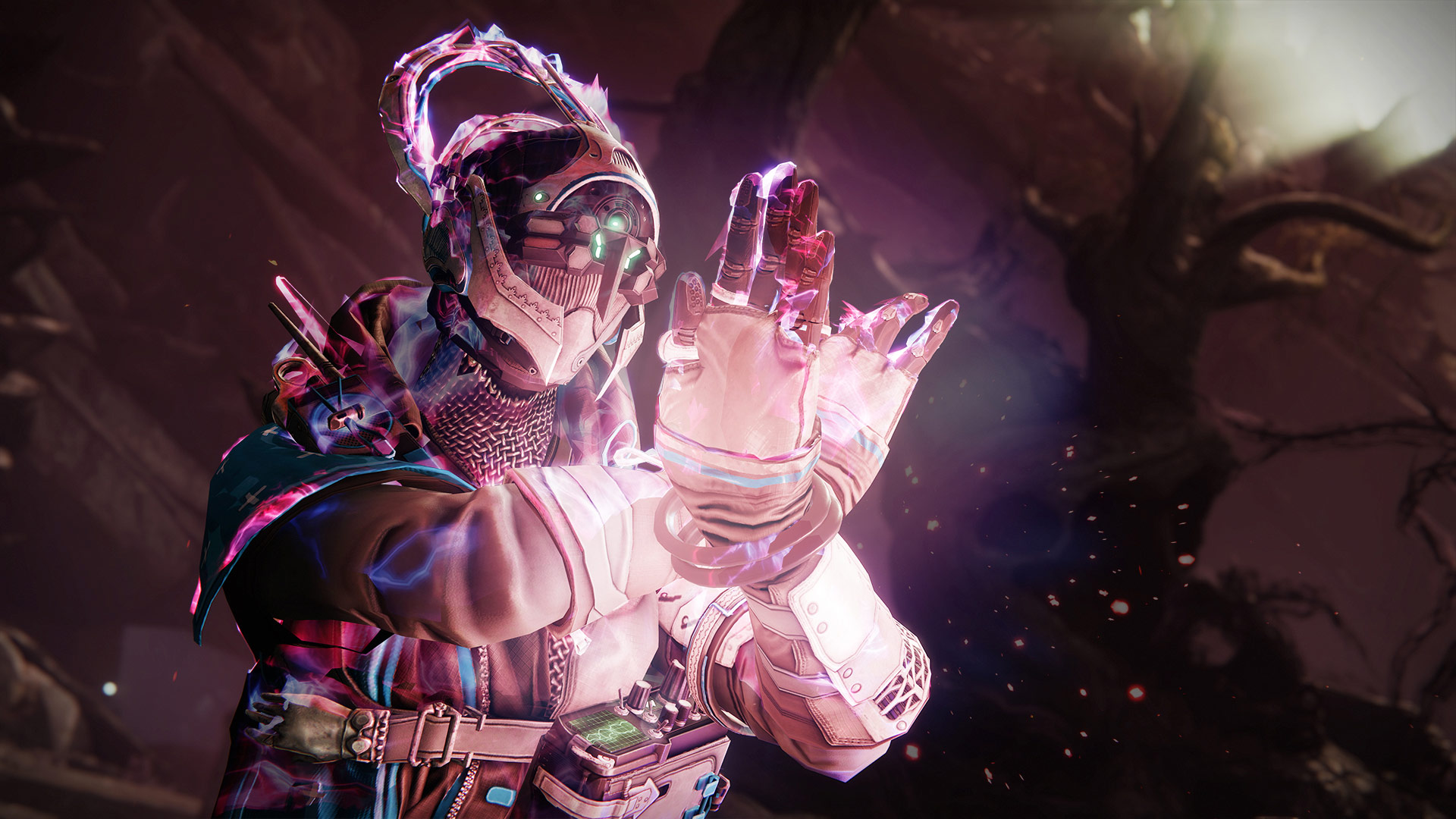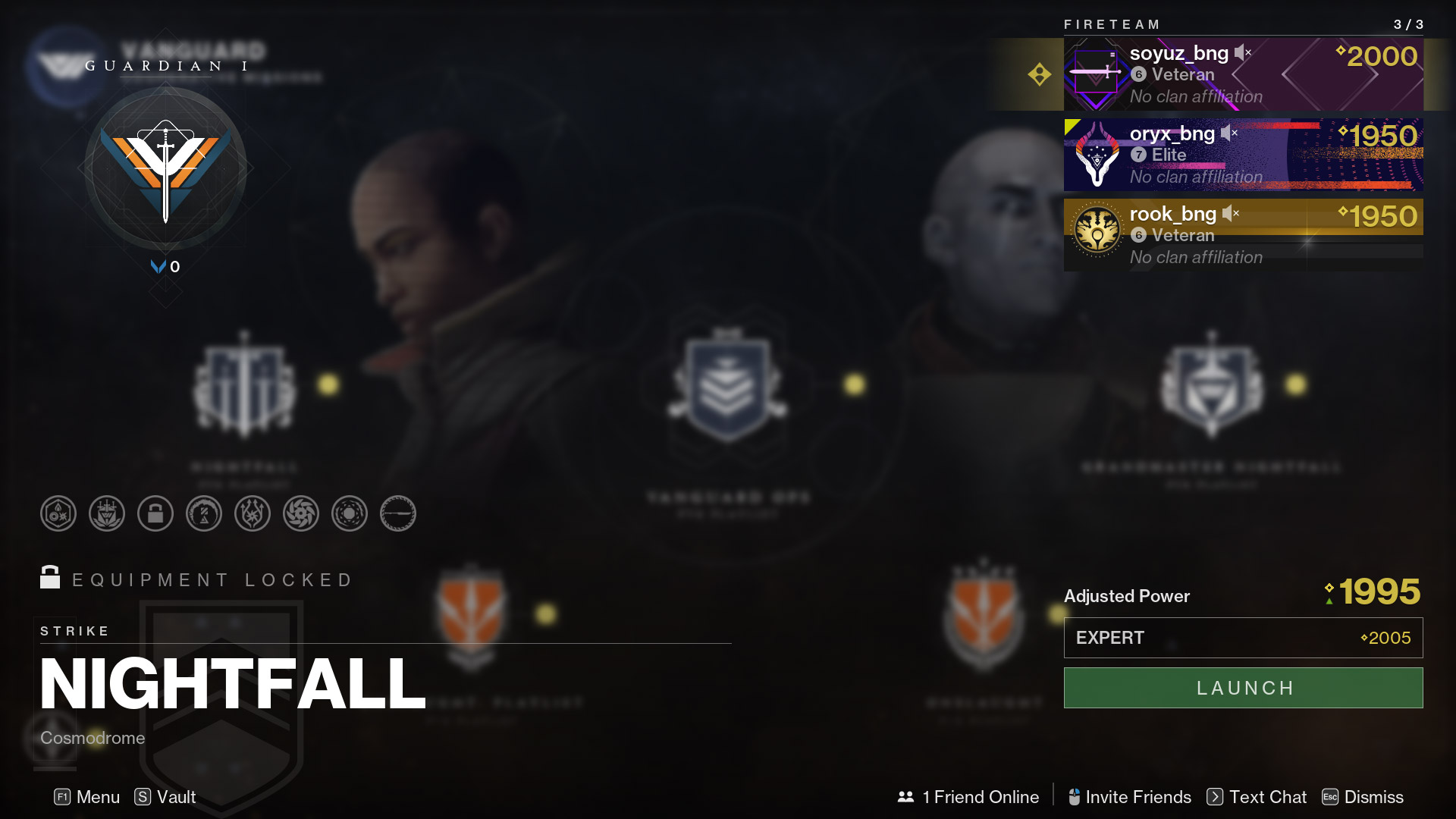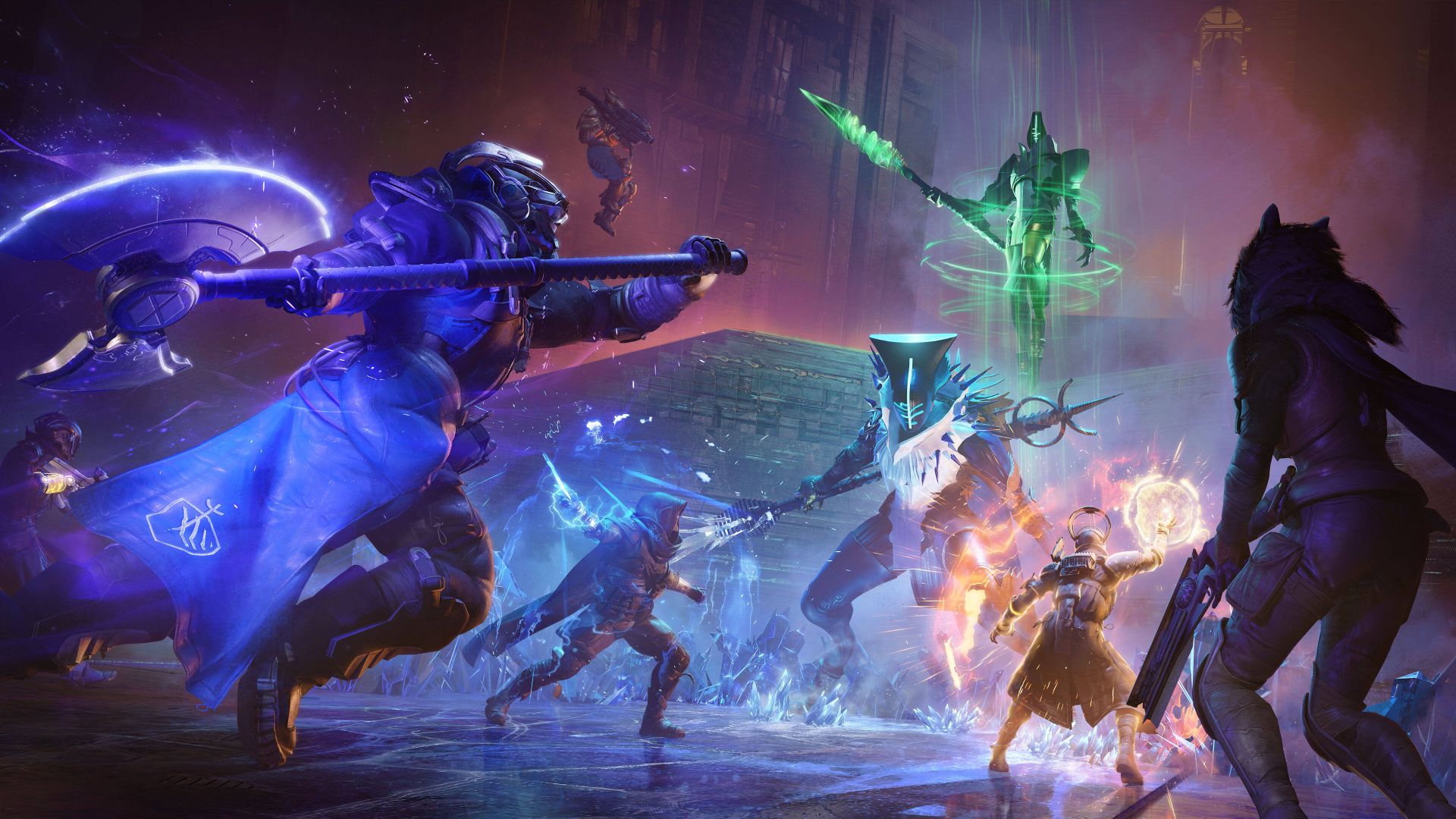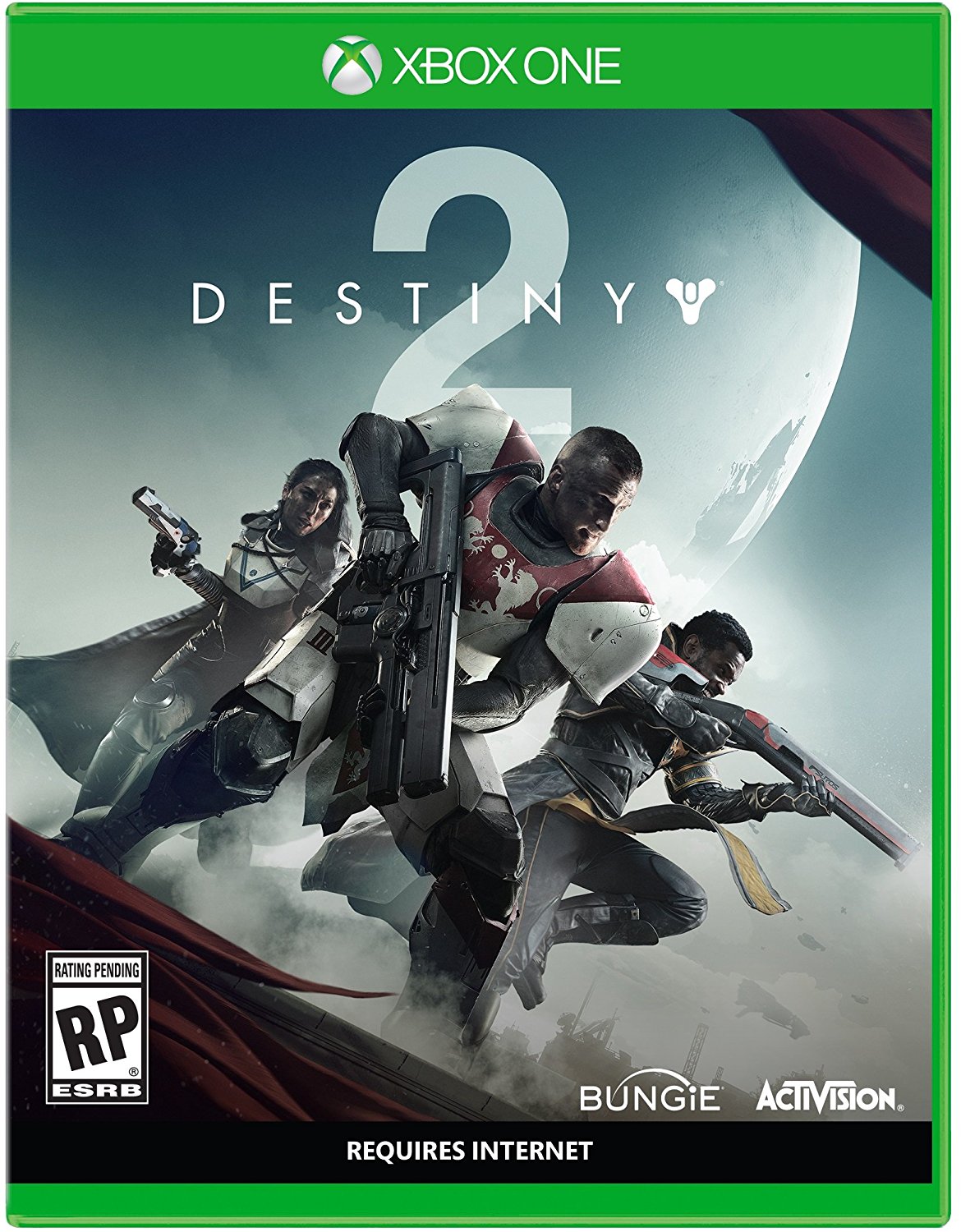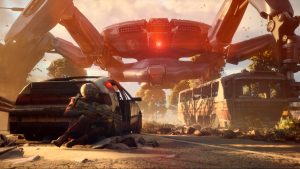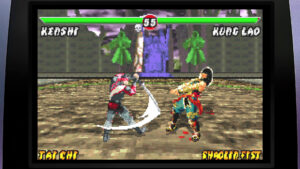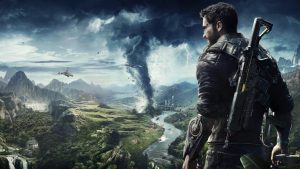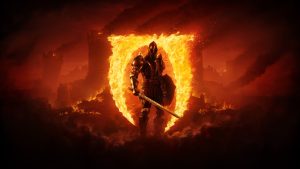
Bungie’s Destiny launched on September 9th, 2014, for the Xbox 360, PS3, Xbox One and PS4. After more than a year and a half of hype following its official reveal, not to mention the 10-year publishing deal struck with Activision, Halo fans, looter shooter fans, first-person shooter fans, co-op fans – everyone was finally getting their taste of Destiny. I wasn’t one of them.
I was somewhere, far away from home at the time, doing something, but it didn’t involve playing Destiny. Nevertheless, even in those remote times, news began spreading about the experience. Those who partook in the closed alpha and public beta (the latter drawing a whopping 4.6 million players) had their fears realized. A new sci-fi setting from the masters at Bungie that promised endless adventure was revealed as little more than a loosely interconnected mess of campaign missions, empty zones, terrible loot mechanics, great-looking visuals, incredible music and sublime gunplay.
Critics were mixed, with scores ranging from 4.5 to a perfect 10, but even those who rated on the higher side admitted that the experience was nowhere near as ambitious as the developer had claimed. Outrage, backlash, compromise – all the various steps of the video game disappointment cycle were here. However, none of that really mattered to me two months later when I finally decided to buy it and an Xbox One console to play because I watched weeks of gameplay from the Vault of Glass. A poor decision in retrospect, given all the PS4 exclusives that would come later, but I digress.
The raid was the complete antithesis of the default mission design, with deep mechanics and challenging bosses that required coordination. No matchmaking and the lack of an in-game LFG tool meant that you actually had to seek out others through places like Destiny LFG and Fireteams on Reddit to play it. The rewards were also messy – Chatterwhites and no armor drops, leading to the “Forever 29” meme.
Yet I persevered through all the grinding, all the material farming, and the Vanguard and Crucible Marks caps to get enough gear to play the raid. On my first (or maybe second, it’s a little fuzzy), I got the Vision of Confluence, one of the few Elemental Primary weapons, and Vex Mythoclast, an Exotic fusion rifle that fired like an auto rifle. I was addicted by that point, creating alts to run the Vault of Glass three times a week, running the shield so others didn’t have to. Some weeks I joined random groups despite claiming all the rewards for that week – not only to help out, but simply because I enjoyed playing it.
The process repeated with The Dark Below – horrendous as it was in terms of story missions, but still a worthwhile raiding experience (and one that was easily soloable, up to a point). I wasn’t just a hardcore Destiny raider, but also invested in the lore Bungie shuffled off to its Grimoire Cards online. With every step it took to seemingly disinterest its community, the harder fans pushed back to show their support. The Ishtar Collective, Destiny LFG, tools that tracked when Public Events would start, threads and websites devoted to posting Xur’s location and inventory (which continue to this day, even though he carries much of the same crap) – the list goes on.
It’s ridiculous, but there were eventually tools like Destiny Item Manager for loadouts and transferring items between your character and Vault without ever having to visit the Tower. However, much of that added to the appeal of Destiny – adding a layer of mystery even if the actual game wasn’t that deep. Yet, Bungie would redeem itself in that regard, adding more subclasses to existing elements, more complex campaigns, a less problematic progression system via infusing, longer and more complicated raids, and much more. By the Age of Triumph, Destiny was arguably in its golden age.
Then Destiny 2 came along and more or less shattered a lot of that.
Whether it was the overhauled weapon system, resulting in the double primary meta, nerfs to Supers, nonexistent subclass customization or a Marvel-ized campaign that eschewed the series’ dark sci-fi for…something worse, it regressed heavily from its predecessor. However, as it does when its back is against the wall, Bungie surged forward and delivered Forsaken, one of the franchise’s best expansions.
All these years later, Destiny 2’s next and perhaps most important expansion, The Final Shape, launches on June 4th for Xbox One, Xbox Series X/S, PS4, PS5 and PC. It’s a pivotal moment for the series – the end of a saga that began nearly ten years ago. We went from the developer having no idea what the Darkness was in the first game to crafting this epic final encounter against The Witness, the big bad, inside the Pale Heart of the Traveller. Whereas Lightfall made players feel inconsequential, insubstantial and like their actions had no real meaning, everything has been leading up to this.
The recruiting of races, from Fallen and Cabal to a meeting with a Leviathan (finally discovering the nature of the Veil and The Witness); the resurrection of Savathun, the Witch Queen, to the discovery of the 13th Wish. A reunion of sorts with Riven to the return of multiple classic weapons from Mountaintop and Recluse to Luna’s Howl and Hammerhead with Into the Light. It’s been a long journey of waiting, filled with massive shifts in the seasonal model towards a less mundane format. Add The Final Shape’s delay on top of that, and it’s almost agonizing.
However, the conclusion of this long-running story, which has lasted almost as long as Bungie’s original agreement with Activision, isn’t the only reason it’s one of the biggest releases of the year.
For starters, it’s an expansion that marks many firsts for the franchise. Take The Dread, the first new enemy faction since maybe the Taken (the SIVA Fallen, Red Legion and Shadow Legion barely count). There have been instances where enemies would use the Darkness against players – Tormentors, Rhulk, Nezarec, Eramis, etc.
However, now they’re going up entire squads of newly designed foes that can manipulate Strand and Stasis in multiple ways. There’s also the Grim, new flying enemies with guns that can stun with their shouts, and the Husk, who fight up close but to death, will release Geists that hunt down players. Each of these presents brand new challenges.
Of course, that means having new tools to fight. While the new Light-based subclasses and Supers like Storm’s Edge, Twilight Arsenal and Song of Flame are exciting, the Prismatic subclasses have stolen the show. For the first time, players can wield Light and Darkness powers together, utilizing grenades with dual elements, from suspending and shocking with Strand and Arc to freezing and burning with Stasis and Solar.
More importantly, I can mix and match abilities, movement techniques, Supers and Aspects from multiple subclasses into one build. Unleashing out Silence and Squall to freeze enemies before tossing a Gunpowder Gamble to finish off any survivors as a Hunter? Shackle Grenade on enemies, then Consecration, followed by Thundercrash on Titan? It’s all yours. I’m excited to have Phoenix Dive, Needlestorm and Bleak Watcher on a single Warlock build for a mix of mobility, burst damage (and Strand Threadlings) and Stasis turrets that slow enemies. That’s before activating Transcendence and unleashing Prismatic on enemies.
While there’s the possibility for these kinds of builds to be jacks of all trades, masters of none, the new Exotic class items offer additional means of power. Packing two random perks from existing Exotic armor, they allow all classes to overcharge their Supers a la Star-Eater Scales or gain invisibility on finishers and melee final blows like Assassin’s Cowl. There’s even potential to have Necrotic Grips and Osteo Striga’s superb mob-clearing power without having to equip the former, thanks to Spirit of the Necrotic, opening up space for a different Exotic. The possibilities are endless.
The jury is still out with the story, but The Final Shape will offer seven campaign missions. Perhaps more interesting is that it’s a linear campaign – a first for Destiny 2, according to Bungie. No running around in Patrol Zones, completing Public Events on the side, and seemingly no side quests to distract you from the main objective of stopping The Witness.
It’s a unique feeling, and for all the ire that the team has earned from Lightfall’s campaign, it has delivered the goods before. Putting a linear twist on this new campaign allows for even more epic moments which are, most importantly, unique to you. It makes this feel like a proper single-player campaign where you are the hero – something the franchise has sorely lacked till now.
Other features like the removal of Infusion limits on legacy Legendary gear, turning Shadowkeep and Beyond Light into free expansions (along with Stasis being free), new mechanics that bring all other players in a team to within five levels of the highest Power player and so on are also worth noting. The Final Shape is doing a lot to tear down barriers between players and allow all kinds to play together.
If you have been grinding since day one and have some friends who are just starting, they can now attempt activities around your level without restrictions. You might want to think twice before chucking them into a Grandmaster Nightfall, but this and the option to skip the New Light experience lets new players get into the meat of the experience, like the raids and dungeons.
While this all sounds fine, there’s one other reason The Final Shape is such a big deal – it could be Bungie’s last opportunity to redeem the franchise. Yes, it’s been said multiple times, but the stakes are even higher now. After layoffs last November, reports behind the scenes have been anything but positive. Before its delay, The Final Shape’s pre-orders were reportedly tracking below expectations, and there have been rumors of more layoffs if it doesn’t do well.
If that wasn’t enough, Sony could allegedly take control of the company if Bungie doesn’t meet its financial targets. How it will shape up after that is anyone’s guess. It could chug along like normal with competent leadership at the top or change completely. Sony could even shut it down entirely and assimilate the team into PlayStation Studios.
Since those reports emerged, the developer has been going out of its way to cater to the community. Several long-requested features – editing your character’s appearance at no cost and a proper Horde mode – were finally delivered. Many of these features could be likened to Bungie doing everything possible to bring back fans and attract new ones to set The Final Shape up for success. Not that it should discount the sheer amount of effort spent on the expansion.
However, there’s still plenty to be skeptical about. The Prismatic subclasses could end up underwhelming in higher-tier end-game content (and if they’re too good, they may receive nerfs, causing more ire in the community). The raid to battle The Witness may not measure up to greats like the Vault of Glass, King’s Fall or even Vow of the Disciple and instead err on the side of Root of Nightmares. The campaign, which has even more expectations heaped on it than any before, could end up good. Not amazing but good, and that by itself may not be enough for some players to stick around for the new Episodes.
There’s also the fear that this is the jumping-off point for many long-time players, having stuck it out for years to see the end of this story. Whether they’ll ever come back is something that no player or Bungie developer could answer. How severe the drop will be is an even greater concern. Again, these are concerns that every live-service and multiplayer title struggles with, but in Destiny’s case, it’s do-or-die.
Upon comparing all the major releases from last year, one of the biggest years ever in terms of sheer quality video games, it’s easy to down on something like Destiny 2 and The Final Shape. Could it ever approach Game of the Year territory like many other potential contenders this year? Could it measure up in success to the likes of Palworld or Helldivers 2 (even after Sony’s PSN nonsense)? Will it ensure that the franchise carries on?
It’s hard to say, but one thing is for sure – this event is like no other for hundreds of thousands, if not millions, of Guardians worldwide. Whether Destiny 2 lives on, dies out or gets taken over by new management, the memories of the journey and its end will remain. If nothing else, here’s hoping The Final Shape can serve as a strong send-off.
Note: The views expressed in this article are those of the author and do not necessarily represent the views of, and should not be attributed to, GamingBolt as an organization.








